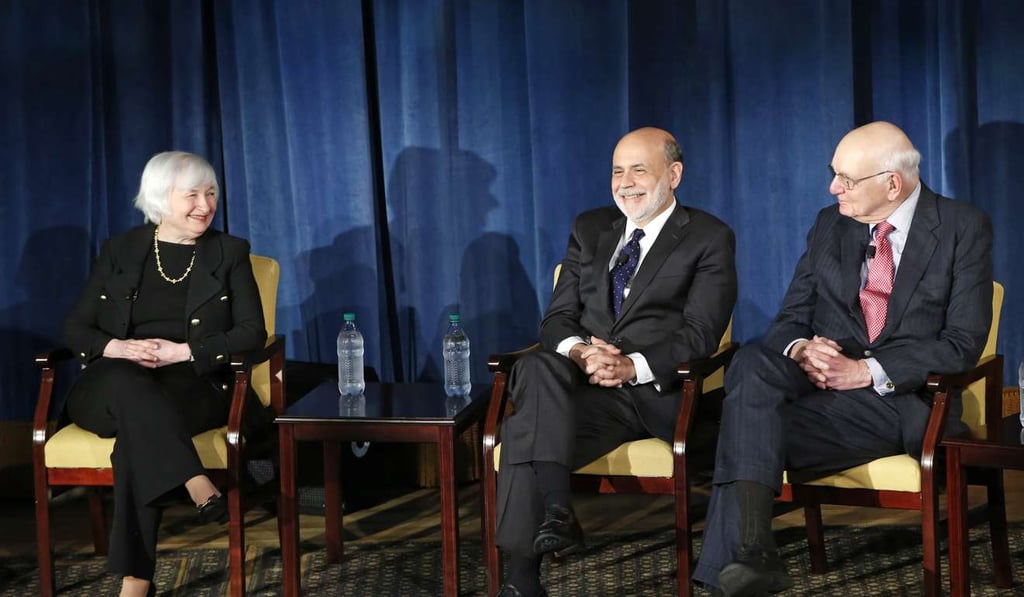What next for the renminbi with Trump in the White House?
G. Bin Zhao says far from being a currency manipulator, China has made significant efforts to reform its exchange rate regime, and it now has an opportunity to target a free float this year

During his US presidential campaign, Donald Trump accused China of intentionally manipulating its currency by deliberately depreciating the renminbi to gain a competitive advantage for Chinese exports.
However, this is a far cry from reality. China has significantly changed its exchange rate formation mechanism over the past decade – shifting from a “hard peg” to the US dollar to a “managed float regime.” Currently, the renminbi’s exchange rate is based on a basket of currencies, not just the US dollar. According to the IMF’s definition, this “crawl-like arrangement” is one type of “soft peg”.
China’s renminbi joins the SDR – a basic guide
The market believes the renminbi is currently overvalued against the US dollar and most investors expect it to further depreciate by at least a few percentage points against the greenback this year.
Earlier this year, former US Federal Reserve chair Ben Bernanke said calling China a currency manipulator doesn’t “fit with reality”, and acknowledged that: “China right now is working very hard to keep the renminbi from falling.”

The day the renminbi becomes a truly ‘normal’ currency isn’t so far off now
